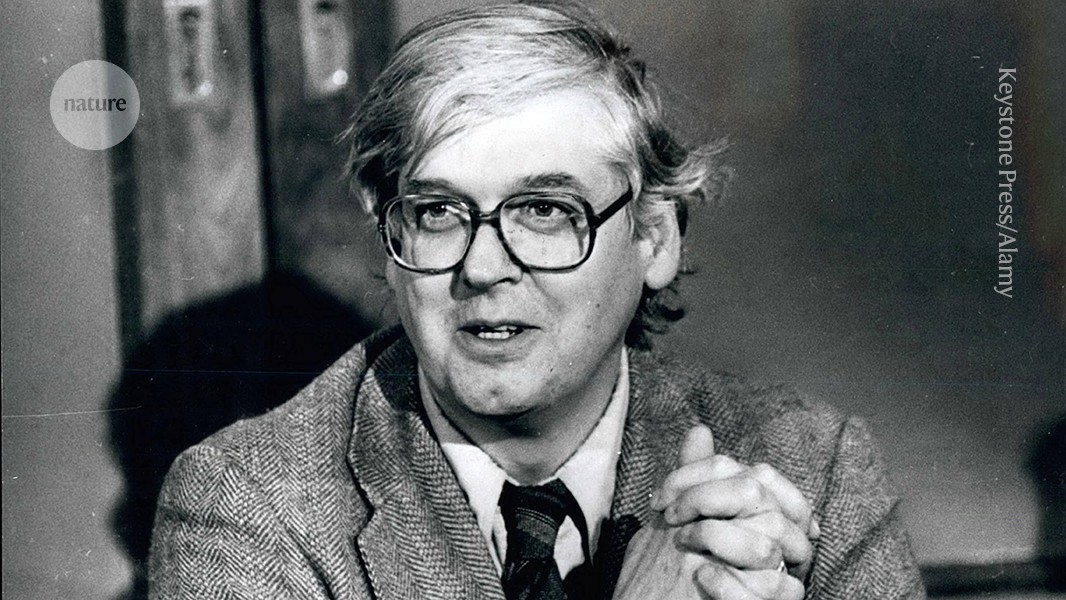
"Hamilton (Ham) Smith co-discovered type II restriction enzymes, molecular scissors that cut DNA at precise sequence sites, which proved to be an essential tool for the emerging field of molecular biology. For this work he shared the 1978 Nobel Prize in Physiology or Medicine with Werner Arber and Daniel Nathans. Smith began a second career in 1993, when he agreed to collaborate with me on sequencing the genome of the bacterium Haemophilus influenzae."
"Smith discovered biology while studying mathematics at the University of California, Berkeley, and went on to receive his medical degree from Johns Hopkins University School of Medicine in Baltimore, Maryland, in 1956. Following his military service in the US Navy, and a medical residency at Henry Ford hospital in Detroit, Michigan, in 1962, Smith received a fellowship from the US National Institutes of Health to work with Myron Levine - a pioneer in infectious-disease research - at the University of Michigan in Ann Arbor."
Hamilton Smith co-discovered type II restriction enzymes that cut DNA at specific sequences and shared the 1978 Nobel Prize in Physiology or Medicine. In 1993 he began genome sequencing work on Haemophilus influenzae, producing the first complete genome published in 1995. That work enabled the first draft human genome sequence in 2001 and contributed to creation of the first cell with a synthetic genome in 2010. Smith worked regularly at the bench, serving as an inspiration, friend and collaborator to colleagues. He trained in mathematics and medicine, served in the US Navy, completed clinical residency, and held an NIH fellowship studying bacteriophage P22 and DNA isolation techniques.
Read at Nature
Unable to calculate read time
Collection
[
|
...
]